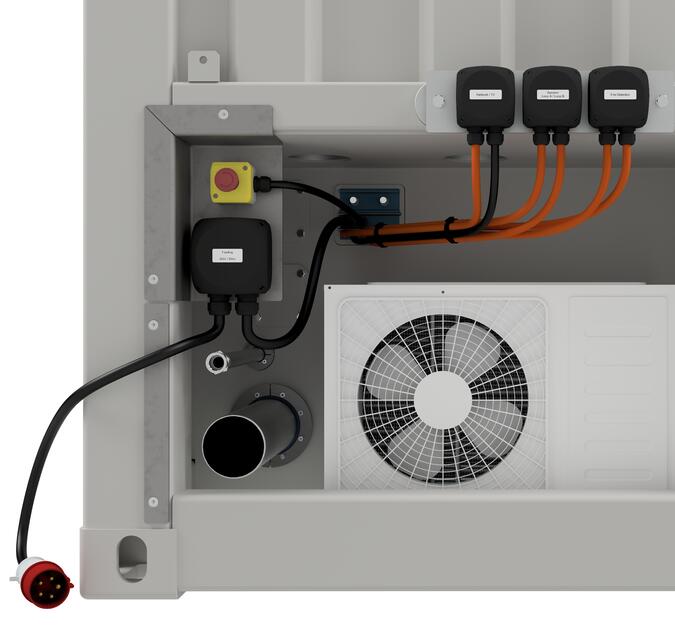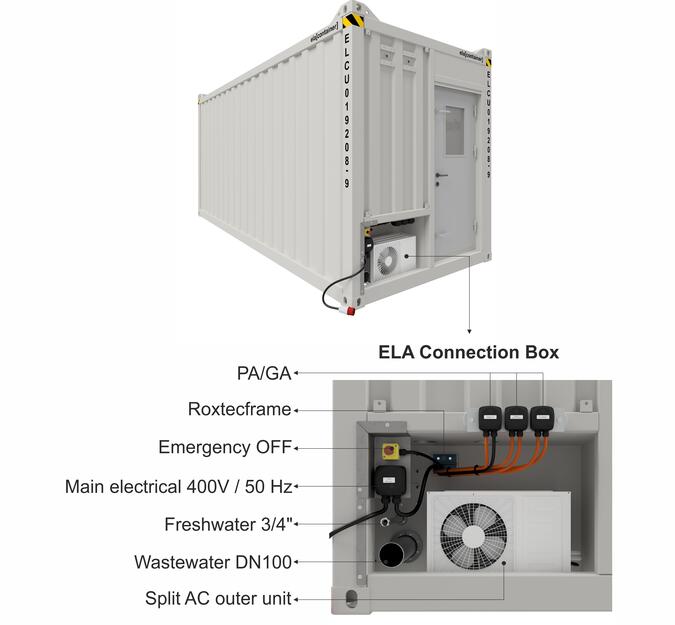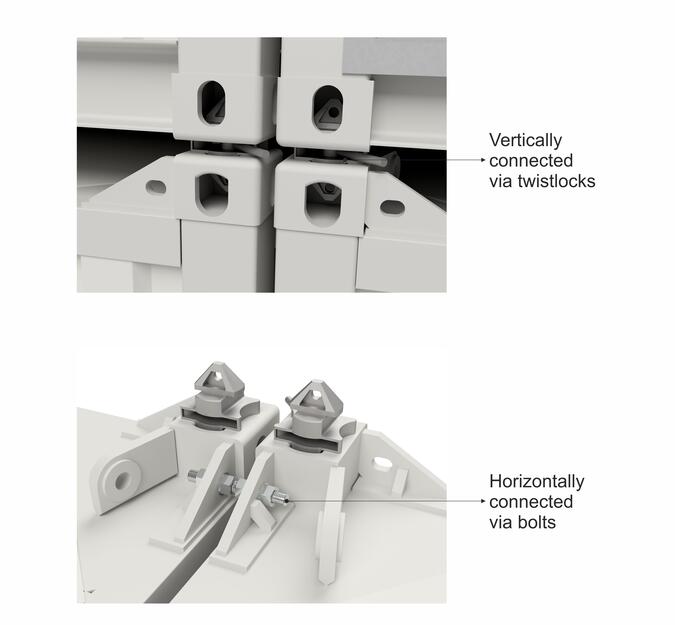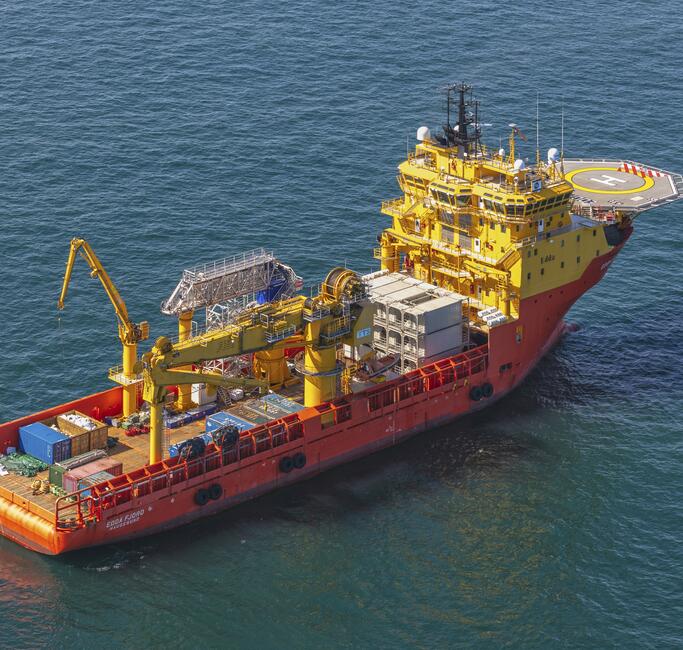FAQ
Am I able to assemble and connect the containers by myself?
ELA Offshore Containers can be easily installed and secured to platforms and ships by using twistlocks. Therefore, the container just has to be put in place and locked in to the existing cornercastings or dovetails on deck. Vertically stacked container modules up to four units should also be connected with twistlocks and horizontally via bolts.
Thanks to our pre-installed Plug & Play system, the connection to the on-board system (e.g. fresh water, waste water and electrical power) can be done on site by specialist personnel from the offshore crew. The procedures are all clearly documented in our technical handbook that allows you to complete the installation and hook-up without any issues yourself.
Do you also offer assembly of the container modules?
At your request we are happy to assist through the entire installation process. We have a team of service staff available for quick deployment and mobilization in port or offshore, on a global scale.
Who is responsible for transporting the containers?
We are happy to take care of the worldwide transport of our ELA Offshore Containers to the delivery address desired by you.
The freight forwarders know our products very well and can offer the best possible transport.
Upon request, you can organize the transportation of the containers by yourself.
How long does it take after ordering until delivery and final assembly on site?
If the containers are in stock in our rental fleet, they are immediately available – allowing mobilization onboard within hours if needed. For purchased containers, the delivery time depends on the number of requested containers and your requirements. Based on their final destination, the containers are pre-assembled, so that they can be installed quickly by yourself on arrival. In case of larger container systems, appropriate markings show the sequence of assembly, which is immensely important and time-saving for logistics.
All modules are designed to be up and running with minimal effort and within the shortest possible timeframe to avoid delays and thus reduce unnecessary port stops.






